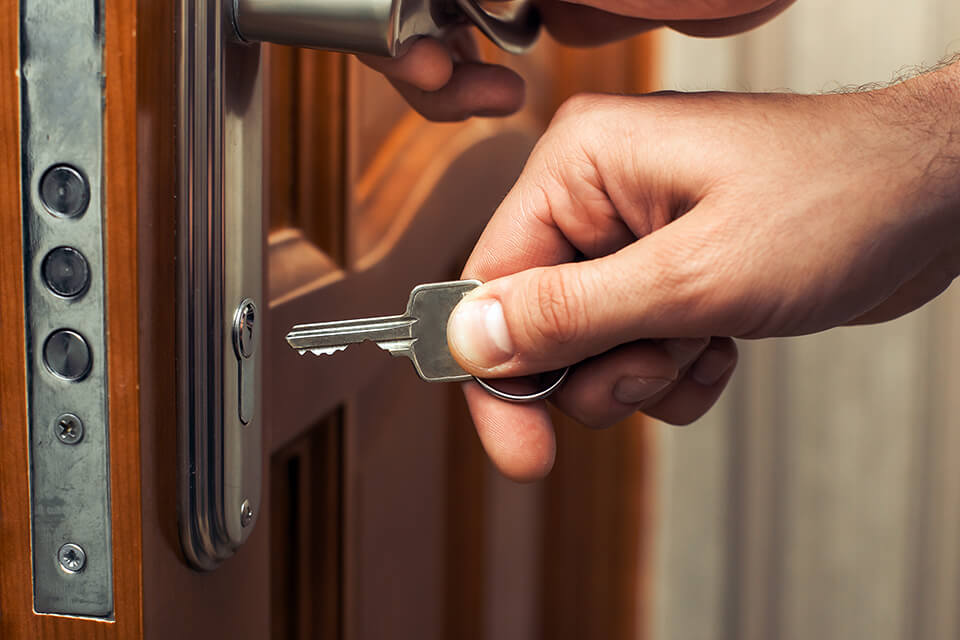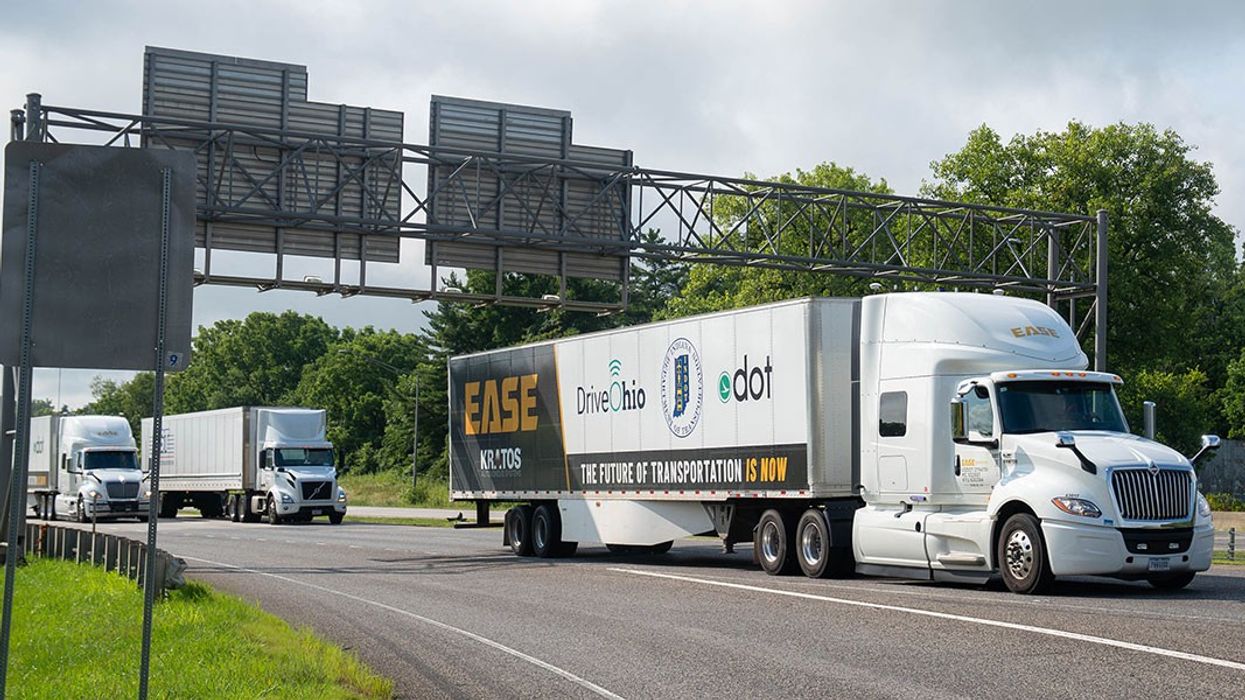Office locks are essential components in maintaining the security and integrity of workspace environments. However, understanding the reasons office locks malfunction can help in both preventing potential issues and ensuring safety. Lock malfunctions are not only inconvenient but can also compromise the safety of important business data and personal belongings.
In this guide, we explore the reasons behind these malfunctions, offering valuable insights to both homeowners and renters as part of maintaining a secure office environment.

Common Causes of Lock Malfunctions
Mechanical Failures
Mechanical failures are among the most common reasons office locks malfunction. Wear and tear over time can lead to components breaking or becoming misaligned.
Environmental Factors
Environmental conditions such as extreme weather, humidity, and exposure to dust can cause office locks to deteriorate faster.
Poor Installation Practices
Improper installation techniques can lead to frequent breakdowns. It is crucial to ensure locks are installed by professionals to prevent future issues.
Lack of Maintenance
Regular maintenance is essential in keeping office locks in working order. Neglecting lock servicing can result in unexpected malfunctions.
Security Threats
Unauthorized Access Attempts
Attempts to forcibly open locks can leave them damaged or non-functional. Ensuring robust security measures are in place is vital.
Outdated Technology
Using outdated lock systems without modern security features can make locks susceptible to malfunction and breaches.
Solution Strategies
Routine Maintenance Checklists
Implement a regular maintenance check to ensure locks remain functional. Check for any signs of wear or damage and address them promptly.
Professional Assessments
Engaging professional locksmiths for routine checks can prevent unexpected lock failures. Resources such as this guide to reset digital locks can be helpful.
Technological Innovations and Office Locks
Smart Locks
The integration of smart locks offers enhanced security features that reduce the likelihood of malfunctions. Explore how smart locks can improve office security.
Upgrading Lock Systems
Transitioning to newer lock technologies can minimize malfunction risks, offering higher reliability and security.
Training Employees
Lockout Drills and Preparedness
Conducting regular lockout drills can ensure employees know how to react in case of lock malfunctions, minimizing downtime.
Educating on Proper Use
Training employees on the correct operation of locks helps in preventing user-induced malfunctions.
Preventive Strategies
Use of Proper Materials
Opt for high-quality materials that withstand environmental changes and mechanical strain.
Regular Updates
Keeping systems updated with the latest security features is crucial.
Recognizing Warning Signs
Identifying early signs of malfunction, such as difficulty in turning the key or delayed locking response, can save time and resources.
Expert Advice on Lock Maintenance
Consult trusted locksmith professionals for tailored advice based on specific needs and conditions of your office environment.
Handling Unexpected Malfunctions
Having a contingency plan in case of lock malfunctions helps maintain safety and security in the workplace.
Conclusion
By understanding the reasons office locks malfunction, businesses can take proactive steps to ensure their office environments remain secure. With proper preparation and maintenance strategies, risks can be mitigated effectively.

FAQs
Why do office locks often fail due to environmental factors?
Office locks are susceptible to extreme weather and dust, leading to wear or corrosion.
How can smart locks help prevent malfunctions?
Smart locks incorporate modern technologies that enhance reliability and prevent unauthorized access.
What routine maintenance practices are recommended for office locks?
Regularly check for signs of wear, ensure proper lubrication, and schedule professional assessments.
This article contains affiliate links. We may earn a commission at no extra cost to you.






